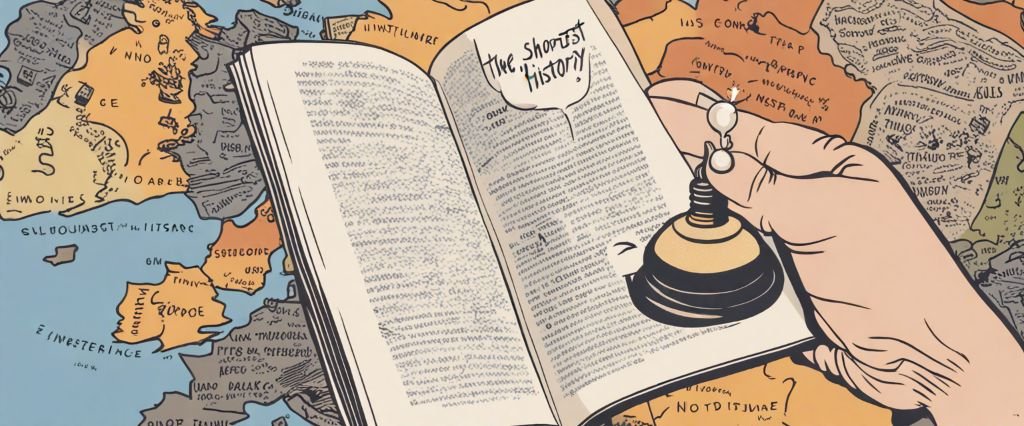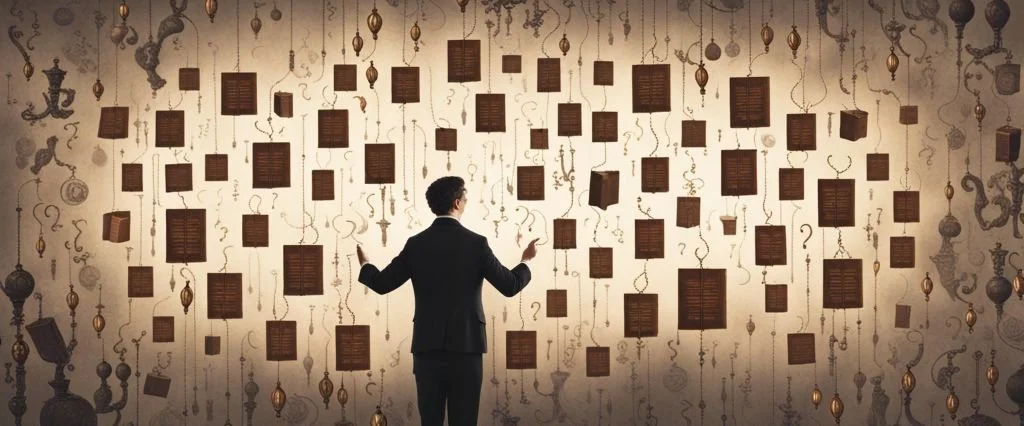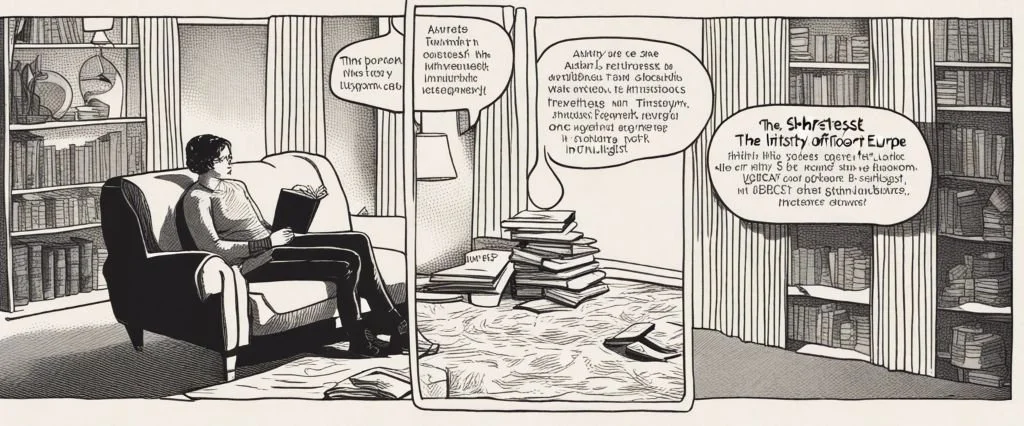A Brief Overview of The Shortest History of Europe
Chapter 1 What's The Free Book The Shortest History of Europe by John Hirst
The book "The Shortest History of Europe" by John Hirst is not available for free. It is a copyrighted work and would need to be purchased from a retailer or borrowed from a library.
Chapter 2 Is The Free Book The Shortest History of Europe A Good Book
It depends on personal preferences. Some readers may find "The Shortest History of Europe" by John Hirst to be a good book because it provides a concise overview of European history. However, others may feel that it lacks depth and detail compared to more comprehensive historical works. Ultimately, it is recommended to read a sample of the book or reviews to determine if it aligns with your interests and reading preferences.
Chapter 3 The Free Book The Shortest History of Europe by John Hirst Summary
"The Shortest History of Europe" by John Hirst is a concise and accessible overview of European history from its origins to the present day. Hirst takes the reader on a journey through the major events, people, cultures, and ideas that have shaped the continent over thousands of years.
The book begins with the ancient civilizations of Greece and Rome, highlighting their contributions to philosophy, democracy, and law. It then moves on to the Middle Ages, the Renaissance, and the Age of Exploration, discussing the rise of nation-states, the Reformation, and the Enlightenment.
Hirst also covers the major conflicts that have shaped European history, such as the Hundred Years' War, the Napoleonic Wars, and the World Wars. He explores the impact of imperialism, industrialization, and globalization on Europe, as well as the challenges of the Cold War and the European Union.
Overall, "The Shortest History of Europe" provides a concise and engaging overview of the continent's complex and multifaceted history, making it an ideal resource for students, educators, and general readers interested in understanding Europe's past and its impact on the present.
Chapter 4 The Free Book The Shortest History of Europe Author
John Hirst was an Australian historian, best known for his book "The Shortest History of Europe." The book was first published in 2017. Hirst has written several other books, including "The Sentimental Nation: The Making of the Australian Commonwealth" and "The Strange Birth of Colonial Democracy: New South Wales, 1848-1884."
In terms of editions, "The Shortest History of Europe" is arguably the most popular and widely read book by John Hirst. It has been praised for its concise and accessible overview of European history, making it a popular choice for students and general readers interested in the subject.
Chapter 5 The Free Book The Shortest History of Europe Meaning & Theme
The Free Book The Shortest History of Europe Meaning
"The Shortest History of Europe" by John Hirst is a concise overview of the history of Europe, from the ancient Greeks and Romans to the modern era. The book touches upon key events, figures, and developments that have shaped the continent over the centuries. It highlights the interconnectedness of European history and how various events have influenced one another.
The title of the book, "The Shortest History of Europe," suggests that it provides a brief yet comprehensive overview of the continent's history. The author condenses a vast amount of historical information into a manageable and easy-to-understand format, making it accessible to readers of all levels of knowledge.
Overall, the book offers readers a foundational understanding of Europe's history, helping them to grasp the complexities and nuances of the continent's past. It serves as a valuable resource for those interested in learning more about European history or for those looking for a quick overview of the subject.
The Free Book The Shortest History of Europe Theme
The main theme of "The Shortest History of Europe" by John Hirst is the complex and diverse history of Europe over the centuries, and how these historical events have shaped the continent's identity and culture. Hirst explores key moments in European history, such as the fall of the Roman Empire, the rise of Christianity, the Renaissance, the Reformation, the Enlightenment, and the two World Wars, to show how these events have had a lasting impact on the development of Europe as a continent. The book also highlights the significance of European unity and diversity, as well as the enduring legacy of European civilization on the global stage. Ultimately, Hirst's work emphasizes the importance of understanding Europe's past in order to comprehend its present and future.
Chapter 6 Other Accessible Resources
1. Goodreads: A popular book review website where readers can find reviews and ratings for The Shortest History of Europe by John Hirst.
2. Amazon: The online retail giant where readers can purchase The Shortest History of Europe in both physical and digital formats, as well as read reviews from other customers.
3. Google Books: A digital platform where users can preview and purchase The Shortest History of Europe, as well as read reviews and ratings from other users.
4. Barnes & Noble: A well-known book retailer where customers can purchase The Shortest History of Europe and read reviews from other book enthusiasts.
5. YouTube: Video reviews and summaries of The Shortest History of Europe by various book reviewers and influencers.
6. Twitter: Tweets from readers, authors, and book enthusiasts discussing The Shortest History of Europe using the hashtag #TheShortestHistoryOfEurope.
7. Facebook: Posts and discussions in book clubs and reading groups related to The Shortest History of Europe by John Hirst.
8. Instagram: Images and posts from bookstagrammers showcasing The Shortest History of Europe in creative ways.
9. Reddit: Threads in book-related subreddits where users discuss and review The Shortest History of Europe by John Hirst.
10. LibraryThing: An online cataloging platform where users can track their reading progress, review books, and engage with fellow readers about The Shortest History of Europe.
Chapter 7 Quotes of The Free Book The Shortest History of Europe
The Free Book The Shortest History of Europe quotes as follows:
1. "Europe is a place where history has been made and where the record of that history has been preserved better than in any other region."
2. "Europe encompasses a wide variety of cultures, languages, and political systems, but it is bound together by a shared history and a common heritage."
3. "The history of Europe is marked by periods of peace and prosperity as well as by conflict and strife."
4. "Europe has been shaped by its geography, its resources, and its interactions with other regions of the world."
5. "The rise and fall of empires, the spread of ideas and technologies, and the movements of people have all played a role in shaping Europe's history."
6. "Despite its divisions and conflicts, Europe has also been a place of innovation, creativity, and progress."
7. "The history of Europe is a story of constant change and evolution, as different peoples and cultures have come together and interacted."
8. "The legacy of Europe's past can be seen in its art, architecture, literature, and traditions."
9. "Europe's history is a complex and multifaceted puzzle, with many different pieces that must be carefully considered and connected."
10. "By understanding the history of Europe, we can gain insights into the challenges and opportunities facing the continent today."
Chapter 8 Similar Books Like The Free Book The Shortest History of Europe
1. "Caste: The Origins of Our Discontents" by Isabel Wilkerson - After delving into the complex history and impact of caste systems in society, Wilkerson's profound analysis sheds light on the deep-rooted inequalities that persist in modern-day America.
2. "The Warmth of Other Suns: The Epic Story of America's Great Migration" by Isabel Wilkerson - Another powerful work by Wilkerson, this book explores the mass migration of African Americans from the South to the North and West in search of a better life, painting a vivid picture of the struggles and triumphs of those who sought to escape the oppressive caste system.
3. "Stamped from the Beginning: The Definitive History of Racist Ideas in America" by Ibram X. Kendi - Kendi's meticulously researched book traces the origins of racist ideas in America and how they have shaped the country's policies, institutions, and culture, offering valuable insights into the roots of systemic racism.
4. "Evicted: Poverty and Profit in the American City" by Matthew Desmond - This eye-opening book explores the devastating impact of eviction on low-income families in America, shedding light on the systematic inequalities that perpetuate poverty and homelessness in the country.
5. "White Fragility: Why It's So Hard for White People to Talk About Racism" by Robin DiAngelo - DiAngelo's thought-provoking book examines the phenomenon of white fragility and how it perpetuates racism, offering valuable insights into the challenges and opportunities of engaging in meaningful conversations about race and privilege.


